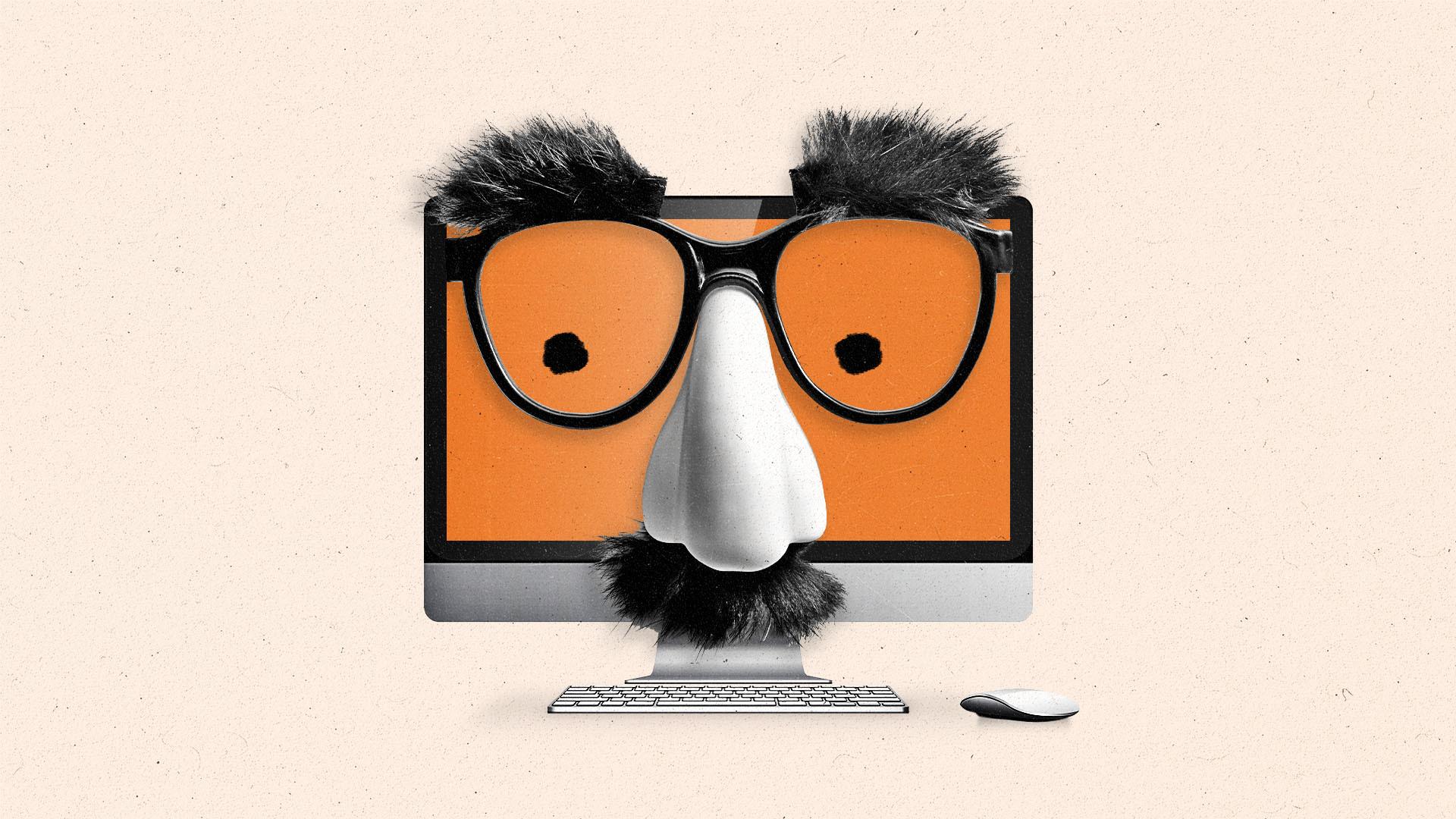Advertisers can protect us from an ‘internet of blah’

There’s no question that generative AI is one of the hottest topics of 2023, but as the glow of “shiny object syndrome” fades, we are left with some hard questions.
Given the implications generative AI bears on content creation and creators, what responsibility do we, as an industry, have in maintaining an open and free internet? With billions in budgets, advertisers have the ability to put dollars in the wallets of real people who create content rather than AI-driven sites that scrape the work of others.
It’s hard to deny the appeal of generative AI tools; if you’ve experimented at all with ChatGPT, you’re likely as amazed as I am by what it can do. However, as we’ve seen throughout history, fast, cheap, and easy don’t always equal quality.
The robots, while supremely confident, routinely make things up, including dates, times, names, historical events — not exactly trivial components of content. Fact-checking and editing are key steps in this process, and sadly, they are often overlooked.
Enter degenerative AI?
The more AI-generated content is produced on the web, the more that content is used to further train AI. The ensuing feedback loop severely damages our ability to combat misinformation and brand safety issues online, and may lead to a collapse of the model overall.
Without human-generated content, the data training set is contaminated and ends up tainting future models. This is a model collapse. To quote Ross Anderson, professor of security engineering at Cambridge University, “We’re about to fill the internet with blah.”
There is also the issue of data bias in AI outputs. The algorithms used to build data models are not always training with diverse data sets, images, and content. This inherent bias mixed with model collapse could essentially remove diversity from large swaths of the web.
Generative AI’s potential in the advertising ecosystem is endless, with a major caveat. As Jed Dederick, The Trade Desk’s chief client officer, aptly put it recently, “While AI technology offers unprecedented opportunities for innovation and efficiency, it is essential to view it as a tool and enabler of human potential.”
The industry cannot lose sight of the fact that humans are necessary for content creation, curation, moderation, and even media buying decisions.
So how can ad tech collectively protect the open web from becoming a wasteland? Here are three ways we can all take responsibility and enable content creators to make a living.
1. Spend ad dollars on humans. Humans still prefer content written by real humans. For a quick answer to a question, e.g., “What is the closest pizza place to me,” AI probably does the trick (unless you want a restaurant that opened this year). But for most anything beyond that, advertising dollars are best spent when consumers are engaged and when publishers are incentivized to develop fresh content.
Spending money on chat ads within walled gardens that won’t police AI content should not be in the budget for brands that value brand safety and finding real audiences, as KPIs should be centered around reach and engagement.
2. Invest in quality. Don’t spend your ad budgets on made-for-advertising (MFA) websites that are overrun with false information, low-budget slideshow videos, and other common forms of junk.
According to a Jounce Media survey, ad performance suffers when appearing next to MFA content. These sites take dollars out of publishers’ pockets and seed misinformation on a massive scale, thanks to the proliferation of AI.
3. Due diligence. As an industry, it’s time to determine our positioning and threshold for using generative AI. Trusted partners such as NewsGuard and Jounce Media, and brand safety verification companies can help optimize ad dollars via informed decision-making.
Brand marketers need to rely on independent, reputable authorities for continued protection across the supply chain. Generative AI is here to stay, but it’s not too late for advertising to develop the best path forward in a changing landscape.
The excitement of new technology pales in comparison to the independent voices, content creators, and best practices that power a free and open internet. Understanding this is paramount as we usher in a new era.
This op-ed represents the views and opinions of the author and not of The Current, a division of The Trade Desk, or The Trade Desk. The appearance of the op-ed on The Current does not constitute an endorsement by The Current or The Trade Desk.
Subscribe to The Current
Subscribe to The Current newsletter